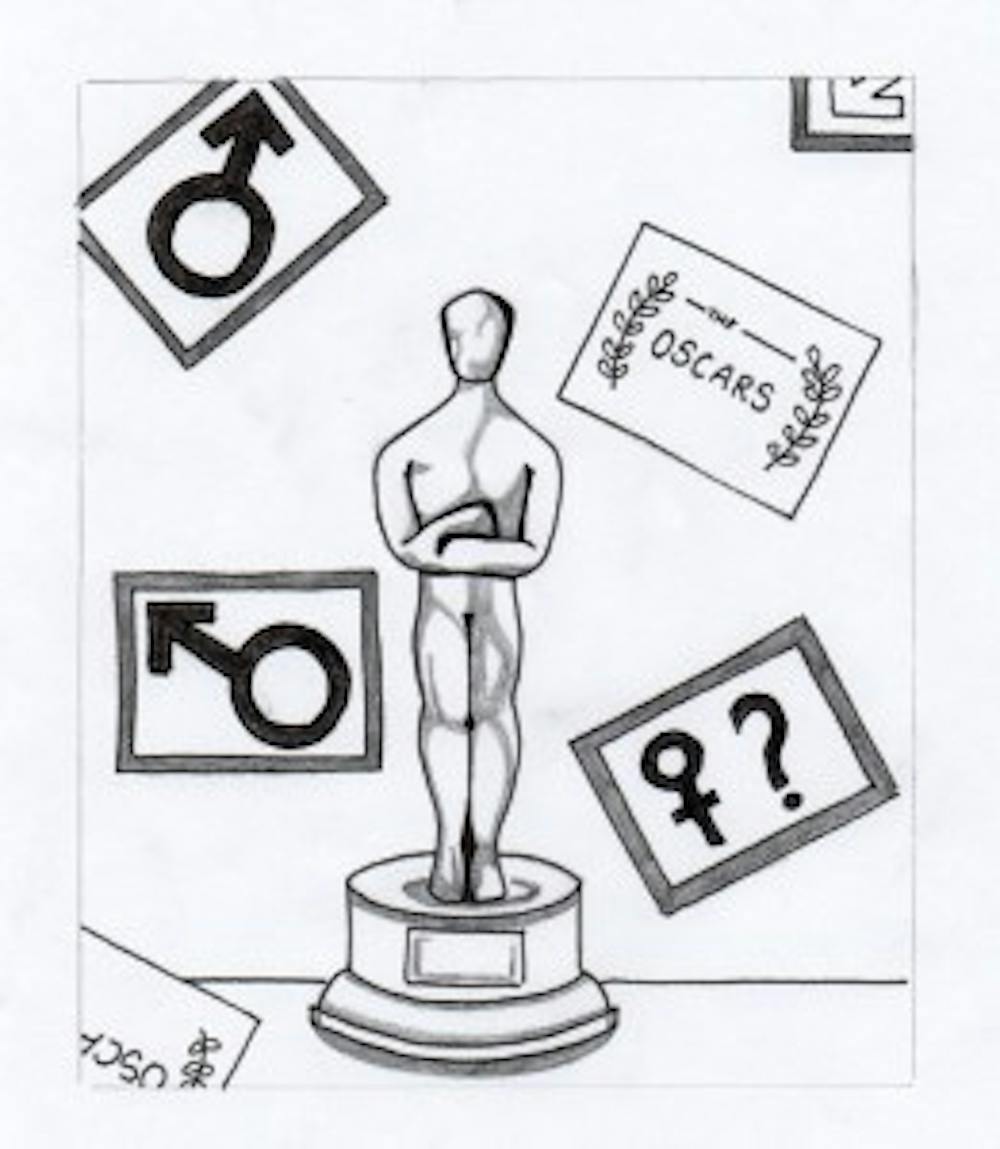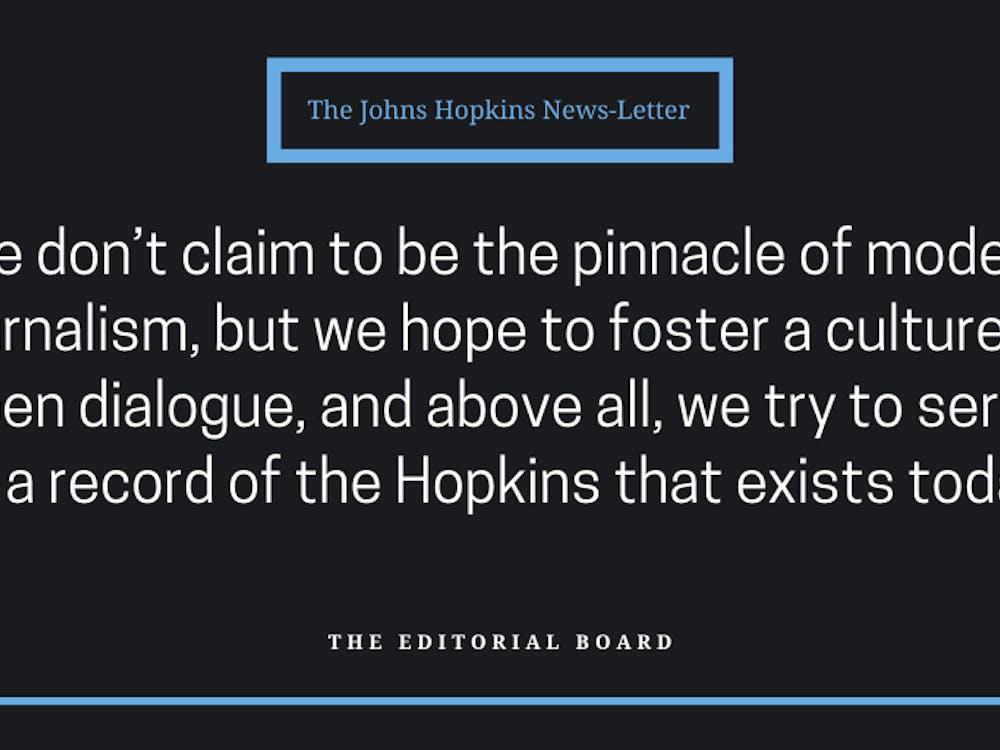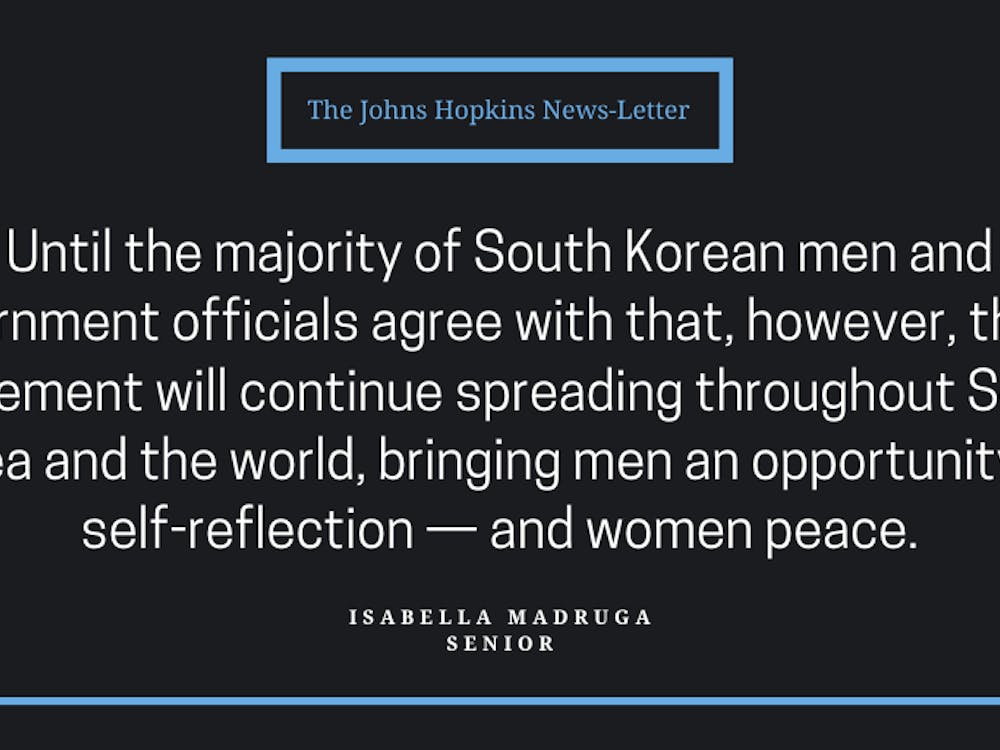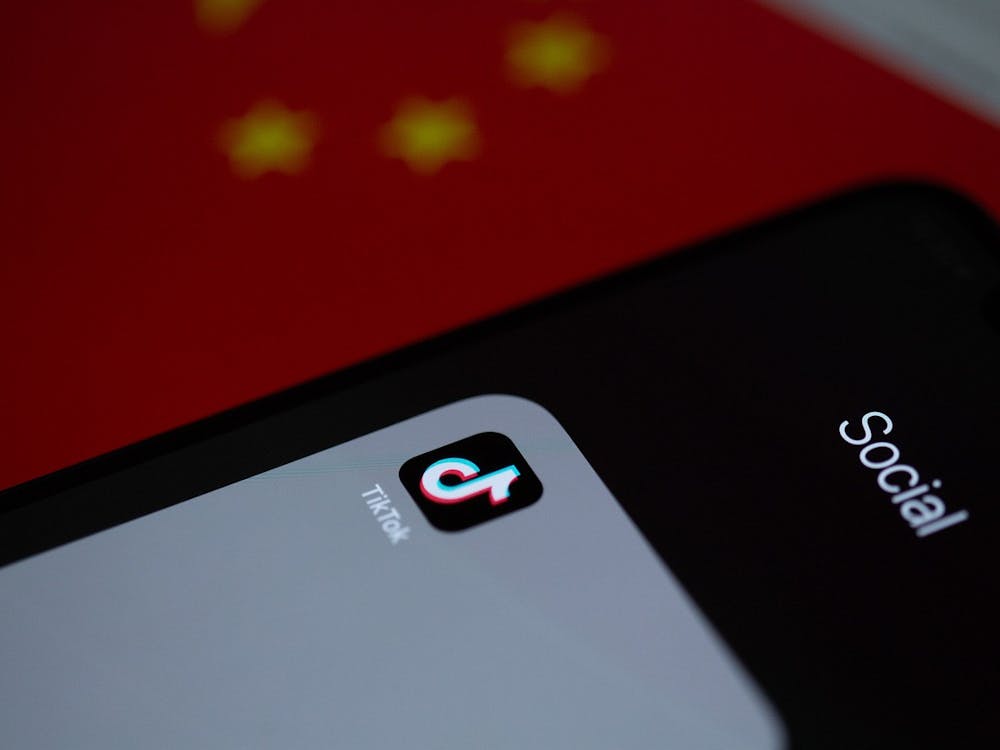In 2009 Kathryn Bigelow became the first woman to win a Best Director Academy Award for her work on The Hurt Locker. I remember the anticipation beforehand about the implications of the first female winner and the gossip that surrounded her because she was up against her ex-husband James Cameron (for Avatar). I remember her name being announced, and I remember her standing on the podium, giving a speech. But I don’t remember much else. After all, I was 15 and in 10th grade — there were more important things to think about.
I now wish I had paid more attention to Bigelow’s historic win and its potential impacts, or lack thereof. Since her win, there has not been another woman nominated in the Best Director category, and this Oscar season is no different.
This Oscar season, like last year and many years before that, has become a hotly debated topic among just about everyone due to the lack of racial diversity among the nominees. Although the hashtag #OscarsSoWhite and the subsequent boycotts do mention the lack of gender diversity, the main focus is on the dominance of white nominees and not the dominance of men.
By writing this opinion, my intentions are not to debase the lack of racial diversity among nominees. However, as a woman, I find the absence of female nominees outside the best actress and best supporting actress categories to be maddening. If women make up around 50 percent of the population, how is that they are rarely nominated and even more rarely win in categories like Best Director, Original Screenplay and Adapted Screenplay?
This year there are five directors nominated in the Best Director category: All of them are male. Just like last year and the year before that. In fact, in my lifetime (since 1994) there have only been two female nominees: Sofia Coppola in 2003 for Lost in Translation and Kathryn Bigelow in 2009 for The Hurt Locker. Bigelow won, becoming the first woman in 82 years of Academy Awards to win, which is ridiculous.
The other two categories are in similar, although not quite as extreme, situations. In the Best Original Screenplay category this year there are two women nominated, both as part of teams of four. The first is Andrea Berloff for Straight Outta Compton and the second is Meg LeFauve for Inside Out. These women are two out of seven women who have been nominated since 1994. If one of them wins, she will be the eighth woman to win an Academy Award for Best Original Screenplay since Muriel Box won for the first time in 1946.
In the Best Adapted Screenplay category, there are also two women: Phyllis Nagy for Carol and Emma Donoghue for Room. These women join five other women to have been nominated since 1994. If one of them wins, they will be the ninth woman to win in this category since Frances Marion won in 1930.
These statistics are unbelievable. How is it possible that this much sexism still exists? There have been 82 years of Oscars, with at least five nominees in each category. That means that women make up less than 10 percent of winners in the two screenplay categories (and about one percent in the directing category). We don’t live in the Victorian Era anymore. Women are supposed to be free and equal to men, so how is this still an issue?
In the Nov. 20, 2015 New York Times Magazine article titled “The Women of Hollywood Speak Out,” Maureen Dowd interviewed over 100 women in Hollywood to find out why they’re so oppressed. The general consensus was that Hollywood is basically a club of men whose goal is to help other men succeed. Experienced male directors will take budding male directors under their wings and teach them the ropes. Male studio heads are more willing to give men a second chance at making a movie after a flop (or, in the case of M. Night Shyamalan, more than one). It’s like a clubhouse with a “No Girls Allowed” sign stapled to the front and a password that only people with a certain amount of testosterone could possibly understand.
This should not be the world we live in. Women should not have to work twice as hard for positions that aren’t really open to them. Despite the myriads of progress society has made towards giving women equal rights, there are some areas where we still need to do a lot of work. Hollywood is one of them. Although the government is currently looking into the Hollywood gender problem and may be able to help in one way or another, it is up to us, to my generation of actors, writers, producers, directors and executives, to pave the way.
Recently, Supreme Court Justice Ruth Bader Ginsburg was asked when she thought there would be enough women on the Supreme Court, and she answered, “When there are nine.” The same applies to Hollywood. When there are five female directors nominated for Best Director we may have finally made it to equality in Hollywood. Maybe.
Sarah Stockman is a senior Writing Seminars major from Los Angeles.
















Please note All comments are eligible for publication in The News-Letter.